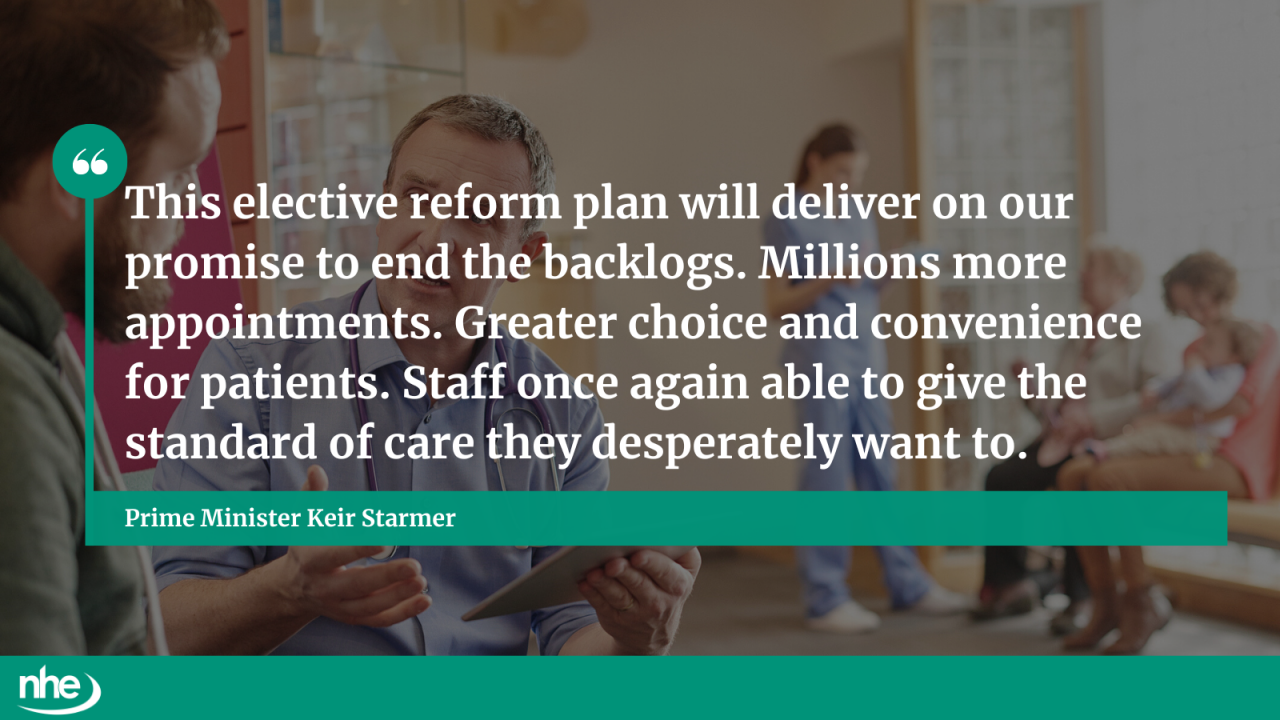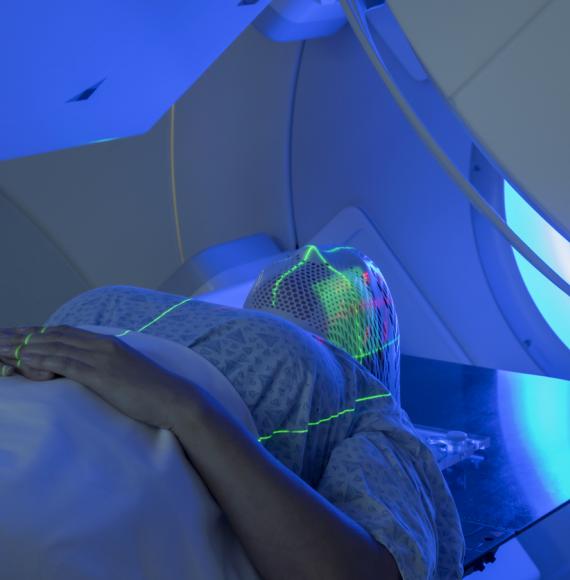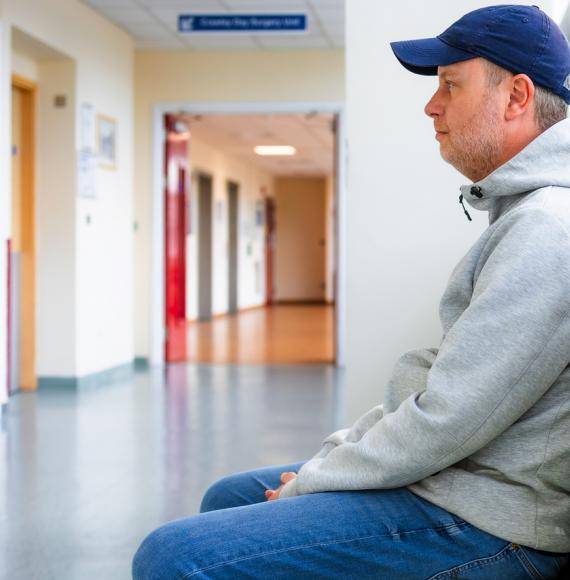Millions of patients will soon have access to more appointments closer to home, receiving faster treatment under a new plan unveiled by the Prime Minister today.
The initiative aims to address the 7.5 million-strong waiting list inherited by the government, ensuring the NHS meets the 18-week standard for planned treatment, a key milestone in the government's Plan for Change.
Restoring the 18-week standard will mean millions of patients no longer have their lives put on hold. Currently, many patients face long waits for appointments or surgeries and may be referred to hospitals they did not choose at inconvenient times. Inefficiencies and inconsistencies in care also result in lost appointments and staff time.
The Elective Reform Plan, published today by NHS England, outlines a comprehensive approach to achieving the 18-week referral to treatment target by the end of this Parliament. Key measures include expanded use of Community Diagnostic Centres, and an increased number of surgical hubs.
The plan aims to deliver 2 million extra appointments in its first year, equivalent to 40,000 every week. Up to half a million more appointments annually are expected by extending CDC hours and introducing 17 new and expanded surgical hubs. CDCs will operate 12 hours a day, seven days a week, providing a broader range of appointments closer to home.

Prime Minster Keir Starmer said:
“This Government promised change and that is what I am fighting every day to deliver.
“NHS backlogs have ballooned in recent years, leaving millions of patients languishing on waiting lists, often in pain or fear. Lives on hold. Potential unfulfilled.
“This elective reform plan will deliver on our promise to end the backlogs. Millions more appointments. Greater choice and convenience for patients. Staff once again able to give the standard of care they desperately want to.
“This is a key plank of our Plan for Change, which will drive growth that puts more money in people’s pockets, secures our borders and makes the NHS fit for the future so that working people live longer, healthier, more prosperous lives.”
The plan also includes increasing the availability of same-day tests and consultations, reducing the wait time between different stages of care. GPs will be able to direct patients straight to diagnostic testing, saving time and travel.
By June, 14 new surgical hubs will be created within existing hospitals, with three others expanded. Supported by a £1.5bn capital investment, these hubs will focus on delivering common, less complex procedures, cutting waiting lists for standard surgeries and freeing up beds in acute wards for more complex cases.
NHS Chief Executive Amanda Pritchard also commented on the announcement, saying:
“NHS staff have worked tirelessly to bring down the longest waits, treating record numbers of elective patients last year, but with one in nine people currently on a waiting list it is right that we now go further and faster.
“This ambitious blueprint will build on our progress and support hard working NHS staff to deliver faster routine care for patients with the aim of treating nine in 10 within 18 weeks by the end of this Parliament.
“The radical reforms in this plan will not only allow us to deliver millions more tests, appointments and operations, but do things differently too – boosting convenience and putting more power in the hands of patients, especially through the NHS app.”
The reforms aim to treat 65% of patients within 18 weeks by the end of next year, reducing the number of people waiting more than 18 weeks for treatment by over 450,000. The plan focuses on putting patients first, empowering them with more choice and control, and making care more convenient.
Further measures include:
- NHS App: Enhancing the app to give patients greater choice and control over their treatment.
- Preventing Unnecessary Referrals: Funding GPs to work with hospital doctors for specialist advice before making referrals.
- Community Appointments: Increasing the availability of appointments in the community instead of hospitals.
- Innovative Care Approaches: Implementing one-stop clinics, group appointments, and super clinics to increase efficiency.
- National Standards for Elective Care: Publishing minimum standards to improve patient experience and identify performance shortfalls.
The government’s mission to rebuild the NHS includes harnessing new technology and AI to tackle inefficiencies. Predictive AI will help reduce missed appointments, and remote monitoring technology will provide more personalised and efficient care.
The plan addresses deep-seated structural issues by aligning funding mechanisms, performance oversight, and delivery standards with incentives for positive change. Trusts that make the fastest improvements in cutting waiting times will receive additional funding for capital projects.
Tackling waiting lists is the first step in the government’s mission to build an NHS fit for the future. The Plan for Change includes three major reform shifts: hospital to community, analogue to digital, and sickness to prevention. These reforms are essential to addressing the challenges facing the NHS and ensuring a sustainable healthcare system for the future.
Image credit: iStock



















